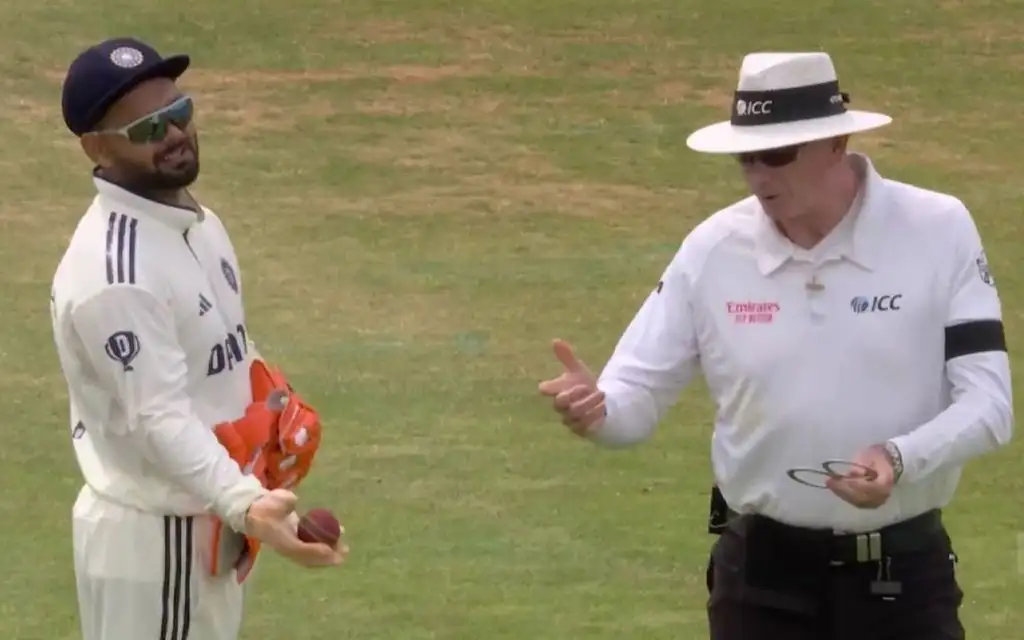 Rishabh Pant angry on umpire (Source:@riseup_pant17/X.com)
Rishabh Pant angry on umpire (Source:@riseup_pant17/X.com)
The first Test between India and England in Headingley has been an interesting one for Rishabh Pant. On the batting front, he has created history with twin centuries in the game, while the ICC has also punished him for his disapproval of an umpire's decision.
The Indian wicketkeeper has been handed one demerit point for throwing the ball in frustration during England's first innings. Pant's violent reaction was in reply to the umpire's decision not to change the ball despite India's repeated requests. Thus, in this article, we will dive into the details of the demerit point system in cricket.
What Is The Process For Receiving Demerit Points And Their Impact
According to ICC rules, as highlighted by BBC, a demerit point is given to a cricketer or a member of a support staff if they breach the code of conduct for players and player support personnel. The offences for a demerit point include abuse of equipment, foul language, public criticism of officials and even dissent.
The demerit points received by a player stay on record for two years from the date of the offence and are removed after the expiry of this period. The players who are handed demerit points can also be fined, and the demerit points can be converted into suspension points.
The two suspension points can lead to a ban for two T20Is, two ODIs and one Test. The selection of the format depends on which comes first.
Overall, the demerit points are given based on the intensity of the offence. They are ranked from level one to four, with the most stringent offence resulting in seven or eight demerit points.
Thus, Rishabh Pant's action has been categorised as a level-one offence and more such gestures could lead to harsher punishment in future.



.jpg?type=mq)

